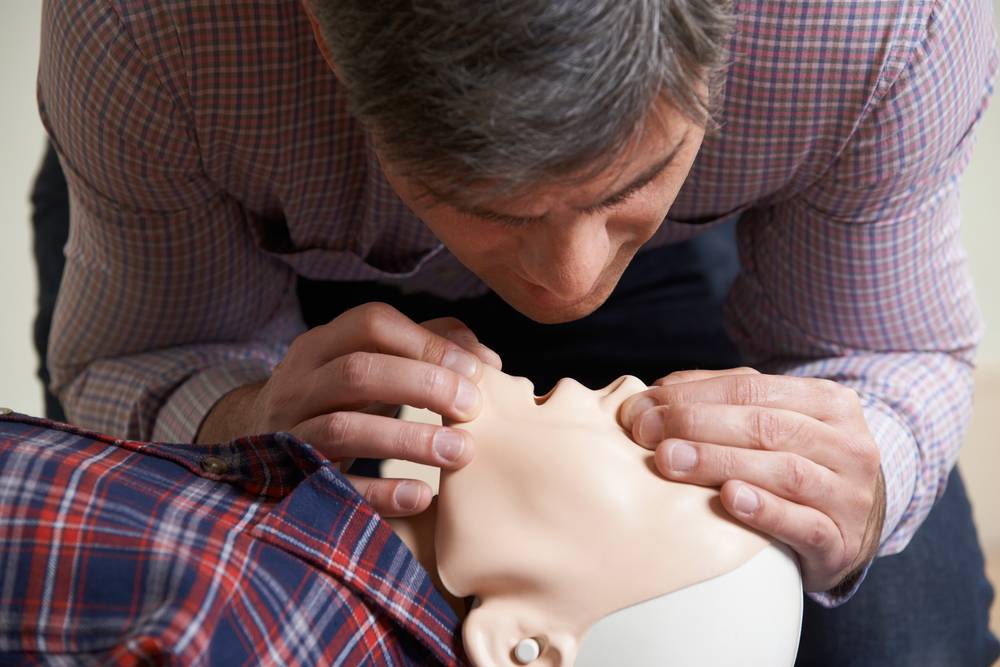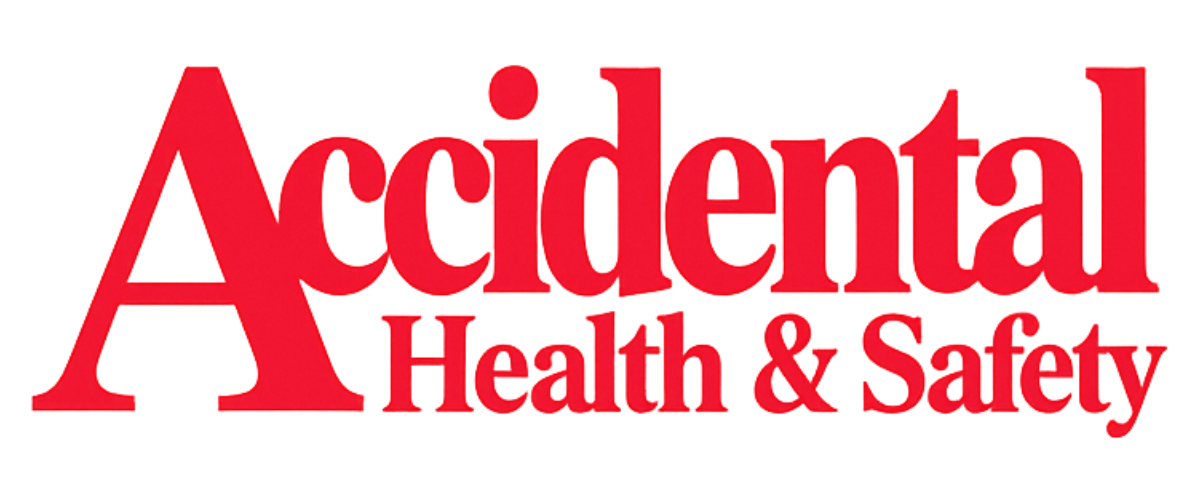Training and Assessment Delivered on Behalf of Allens Training Pty Ltd RTO 90909
Common Questions on how to perform CPR
I love students with lots of questions. Over the years I’ve found that there are a few common questions about CPR that a lot of people have. This Post looks a 13 questions I regularly get in a CPR course.
To make it easier, we are going to split them up into ones related to Chest compressions and ones related to rescue breaths.
This is second in a 2 part series on how to perform CPR. In Part 1 of this series we looked at the key skills needed when performing CPR. This part will look more closely at some of the common questions and concerns that students raise in my course.
Chest compression Questions
Why is pushing hard and fast is crucial?
Simply put, more compressions mean a better chance of survival for the casualty. If our compressions are too slow, their body can’t make use of the oxygen in their blood. Vital parts of the body, especially the Brain, need that oxygen to minimise damage from the cardiac arrest.

Can I compress too fast when performing CPR?
Yes. Compressing too fast means the chambers of the heart don’t have enough time to refill between compressions and you will be moving less blood around the body. Current best practice is to aim for 100 – 120 compressions per minute, or 2 compressions per second.
How do I maintain the best compression rate?
Two things are important to keep in mind for this question.
The first is you can’t. The reality is that after about two minutes, even the best professionals start to slow down. Most workplace first responders max out at about the same time.
The second thing is to use the knowledge that you will slow down to your advantage. Start at the high end, 120 BPM, so that when you slow down, you are still in the recommended range. Also get help from other first aiders so you can rotate every two minutes or so and get a quick rest.
Some people find music really helps. There are 1000s of popular songs that can keep you compressing effectively. For Example, Taylor Swifts song “Love Story” is 119 bpm, right in our target range. Playing this or another song you know can help you keep the best pace.
Why do I need to let the chest come back to full extension (full recoil)?
The significance of full chest recoil is that it leads to better outcomes for the casualty. Similar to the question above, if we don’t let the pressure off our hands and let the chest fully recoil, the chambers of the heart can’t refill properly, and they don’t pump as much blood. This means our compressions will be less effective.
What if I break a rib?
As the ANZCOR guidelines make clear, breaking a rib is actually a common consequence of performing chest compressions.
When you compress, you are doing something that the body was not designed for. Even though the ribs are firmly joined to the sternum by cartilage, this join comes under considerable stress when performing chest compressions. A broken rib is considered an acceptable risk, when compared to the alternative of letting the casualty die.
What happens if I have my hands in the wrong place?
Two things happen. The first is that your compressions will likely be less effective. If you are too far from the location of the heart, you can’t compress it as much and it won’t send as much blood around the body.
The second thing is that it’s thought that you are more likely to break a bone in the wrong way. For example there is the xiphoid process. It’s that little bit that sticks out at the bottom of your sternum like an arrow. It’s easy to bend or break, because it’s not directly connected to any of the ribs. Compressing on the “Xiphy” can make it into a miniature knife that can damage internal organs.
A similar thing can happen with the ribs if you push directly on them, rather than the sternum.
Can I push too far?
Yes, but you probably won’t. If you compressed the casualty’s chest completely flat, that’s obviously too far. But there isn’t a lot of great evidence as to exactly how much is too much. The guidelines focus more on making sure you compress deep enough, rather than worrying about going too far.
Can I stop doing chest compressions?
Long gaps where no compressions are being performed, can harm the casualty. So we don’t want to stop for too long. However there are times when we need to stop, such as:
- To deliver rescue breaths. You should be aiming to deliver the two rescue breaths in about 5 second total. Much longer than this and its too long.
- To let the Defibrillator do it’s thing. An AED needs the right conditions to read what happening to a person’s heart and deliver a shock if needed. Chest compressions should be delivered right up until the AED tells you to stop. They and should begin again as soon as it says it’s safe to do so.
- If a paramedic or medical professional tells you to stop. Obviously.
- If it’s unsafe for you to continue. Look after your own safety first and if the scene becomes dangerous, protect yourself.
- If you are exhuasted and can’t keep going. No one expects you to be superpowered. Even the fittest of us reach our limit eventually.
Common Rescue Breath Questions
Has the compression to breath ratio changed?
Yes, it has. Over the history of CPR, the ratio has changed numerous times. This has been in response to medical studies around the world providing better evidence and making clear how to achieve better outcomes.
A major change in 2010 by ILCOR and it’s partners. This is when it was settled on the recommendation of 30 compression to 2 breaths. Based on current knowledge, this provides the best balance between maintaining adequate circulation with sufficient levels of oxygen in the blood.

Are rescue breaths still part of CPR?
Yes, However our focus has changed slightly over the years. It seems that in the past, we placed too much emphasis on breathing and not enough on compressions. In addition there has been a recognition that sometime it might not be appropriate for a first responder to provide rescue breaths.
This maybe due to the fear or risk of communicable disease or injury to the casualty that may make rescue breaths unsafe or impractical. The current guidelines state:
“Those who are trained and willing to give rescue breaths do so for all persons who are unresponsive and not breathing normally.”
Why were breaths removed from some CPR protocols?
They never actually were removed. It’s always been best practice to deliver rescue breaths along with chest compressions when performing CPR. As I said in the above questions, sometime a rescuer may be unwilling to perform rescue breaths. Our current understanding of the medical science tells us that the consequences of not performing rescue breaths aren’t as bad as we used to think. It also tells us that the best outcomes require both if possible.
Why didn’t I do rescue breaths in my past course?
During the height of the COVID19 pandemic, many countries, including Australia, decided it was in the best interest of students to not perform rescue breaths when attending training courses. This didn’t however change what was in the guidelines and was only a temporary adjustment.
What can happen if I put too much air into their lungs?
If you are delivering rescue breaths and the lungs reach full capacity, there is only one other place the excess air can go – The stomach. If your rescue breath goes too long, you may fill the stomach with air and cause the casualty to regurgitate.
This can block the airway and mean compressions need to stop while you clear it again. And unless you are a Nurse, you probably won’t find it too pleasant either!
So what’s the upshot of all this?
CPR is a key skill for first responders. It’s best learned in the classroom not in an emergency.
When you are in a CPR Course, don’t be afraid to ask questions and don’t be afraid to make your instructor take the time to answer your questions. If you walk away from your course with unanswered questions, they will only surface again when you need to see CPR and make you hesitant and less confident. That’s the opposite of what your casualty needs you to be.
The best CPR courses give you enough time to practice and be confident. It’s also the best place to get the answers to your questions around emergency response and performing CPR.
An IMHO the best CPR courses you can attend are with Accidental Health and Safety Toowoomba (Where I teach)

